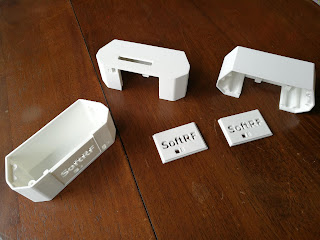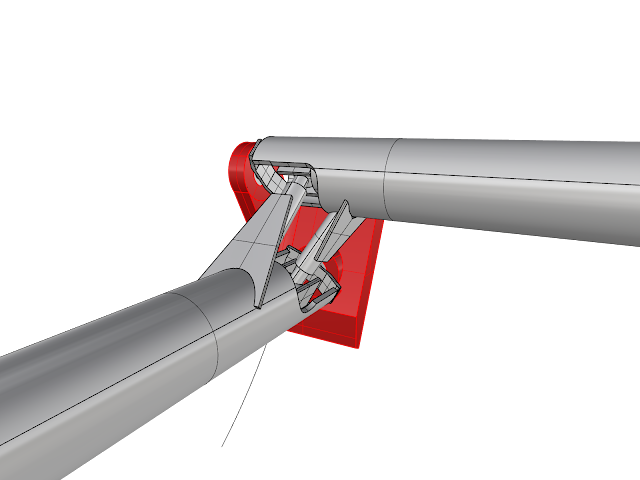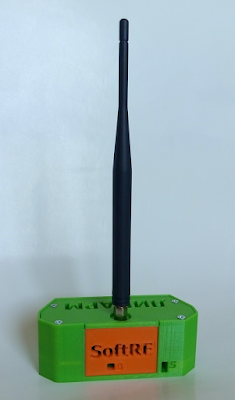SoftRF - Pitot Static

I've received most of the parts for the SoftRF and compiled the code with the changes to support; MPXV7002DP will measure pitot preasure analog 0-5v signal. WitMotion WT901 is a full ADHRS with barometric preassure. It outputs on a UART in binary at 115kbps. My first attempt at the static pressure cavity failed. My v2 was a cleanup of v1. I then decided to use shark-bite quick disconnects. That became V3... which I'm waiting to get back from the 3D Printer. I'll keep you posted. It looks very simple and promising. Code to Support WT901 (Untested) unsigned char buf[ 11 ]; unsigned char _readDataFrame () { // invalidate the buffer straight away if (buf[ 0 ] = (( unsigned char )Serial. read ()) != 0x55 ) return 0xFF ; // read a 8 byte frame (with headers and checksum) // and calculate the checksum unsigned char checkSum = 0 ; for ( int i = 0 ; i < 9 ; i++) ch...



